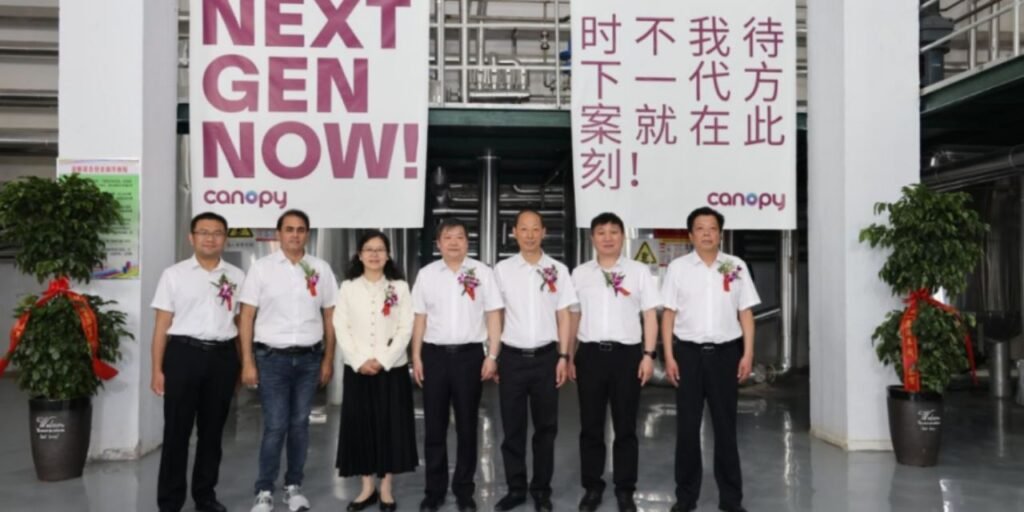
China’s Xinxiang City One of China’s largest producers of viscose rayon is making investments in the creation of circular textiles.
At its new BylurRecel facility, Bailu Group (Xinxiang Chemical Fibre Co.) has started a small-scale test manufacturing line for Next Gen viscose fibre. Utilising recovered textiles—mostly post-consumer resources like used hotel linens, but also some pre-consumer industrial waste—the line will concentrate on creating regenerated cellulosic fibre.
The BylurRecel line has a streamlined production process that uses a direct-dissolution approach in place of the conventional dissolving pulp stage. The procedure seeks to utilise less water, energy, and chemicals.
With a second line being developed for an extra 1,000 tonnes of viscose filament fibre annually, the pilot facility can initially produce 1,000 tonnes of viscose staple fibre annually.
By 2025, Bailu hopes to have produced about 600 tonnes of Next Gen fibre. The company’s main production plants can produce 100,000 tonnes annually.
The program is in line with China’s national goal of reducing textile waste by 30% by 2030 using the “textiles–consumption–reuse” closed-loop paradigm.
Nicole Rycroft, founder and executive director of Canopy, an environmental nonprofit organisation devoted to preserving the world’s forests, species, and climate, explained that the Bailu Group’s investment in developing in-house technology for repurposing post-consumer textiles while removing the pulp-making stage is a promising approach that will relieve the strain on vital forest ecosystems.
The company’s Bailu-Eco viscose filament yarn, which is created from Södra’s OnceMore recycled pulp, is enhanced by this new product. Since 2018, Bailu Group has collaborated with Canopy.
